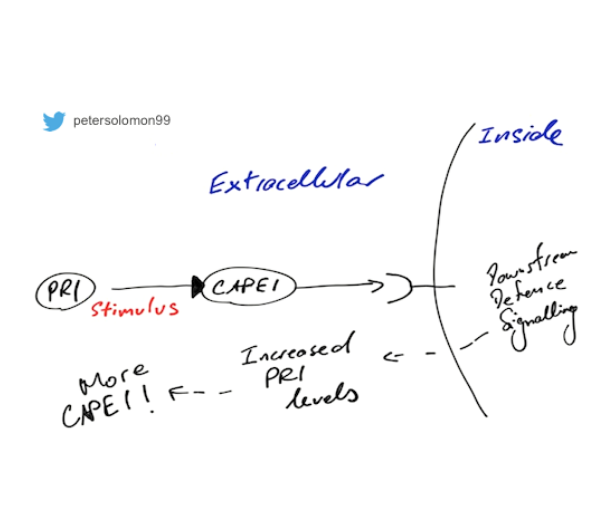About
Presenter: Dr. Peter Solomon
Institution: The Australian National University
Date: April 20, 2020
Host: Dr. Benjamin Schwessinger
Links: Video | Slides
Abstract
It had long been thought that necrotrophic plant pathogenic fungi use a barrage of lytic enzymes to break down host cells releasing nutrients for growth. However, in recent years it has emerged that some necrotrophic fungi facilitate disease through a strict gene-for-gene mechanism as observed in biotrophic pathogens. For the wheat pathogen Parastagonospora nodorum the basis of this host specific interaction is small cysteine-rich effector proteins secreted during infection (ToxA, Tox1 and Tox3). These effectors interact with specific dominant susceptibility genes in the host leading to a programmed cell death response and disease. However, whilst we now understand the requirement of these effector proteins for disease, their modes of action remain poorly understood. In this talk I will present our latest findings on dissecting the dual functionality of the Tox3 effector protein and how this has serendipitously advanced our understanding of the enigmatic host defence protein, PR-1.
